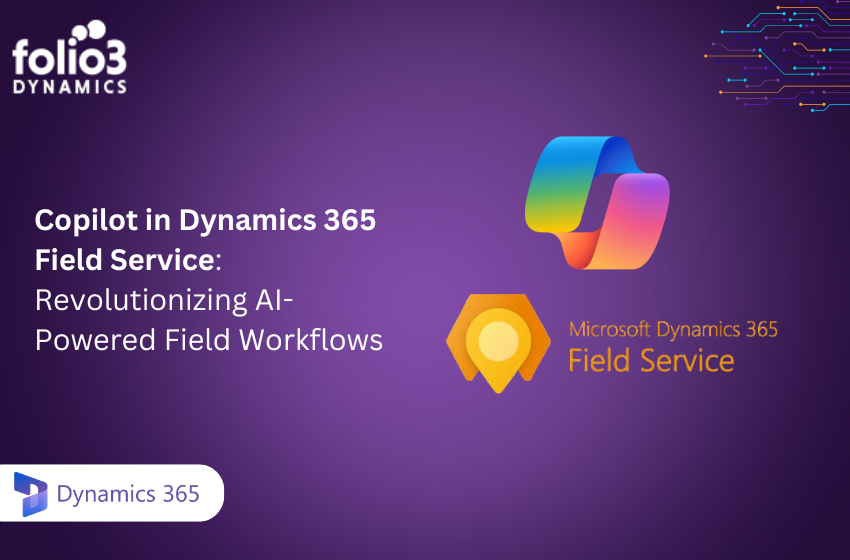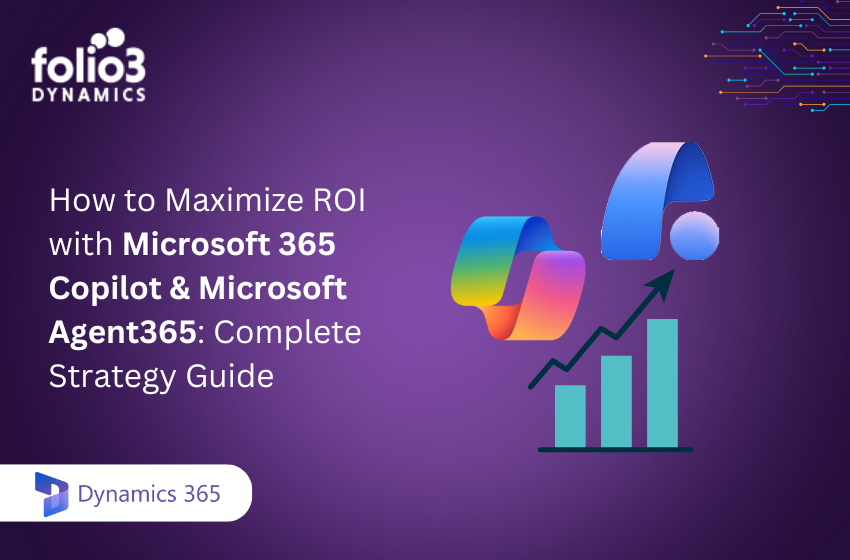In the rapidly changing landscape of e-commerce and supply chain management, the integration of Product Information Management (PIM) with Enterprise Resource Planning (ERP) systems has become a strategic imperative. This long-form content is designed to elucidate the powerful synergy that arises from PIM ERP integration and its manifold benefits for businesses aiming to streamline operational workflows, ensure data accuracy, and create a more cohesive customer experience.
The Intersection of PIM and ERP
Enterprise Resource Planning (ERP) solutions have long been the bedrock of business operations, offering a centralized platform for managing resources, transactions, and core operational processes. On the other hand, Product Information Management (PIM) systems specialize in organizing product data and streamlining its flow to various distribution channels.
Though functionally distinct, ERP and PIM systems share a common goal of enhancing business performance. The rationale for integrating these systems lies in the interdependence between product data and operational resources. When reconciled, businesses enjoy a synchronized approach that fosters greater control, agility, and efficiency in meeting customer demands.
Why PIM ERP Integration Matters
The integration of PIM and ERP is not a capricious choice; it’s a strategic move borne out of the need for coherence. Disjointed systems often lead to data silos and a fragmented customer experience. Integrating these systems ensures data consistency, which is vital in the era of omnichannel retailing, and optimization of core business processes.
Furthermore, as supply chains grow in complexity and customer expectations continue to balloon, a robust data management strategy becomes indispensable. An integrated PIM ERP ecosystem empowers businesses to not only manage their internal operations more effectively but also to deliver a consistent, accurate product representation across all channels.
Navigating PIM and ERP Systems
To appreciate the value of integration, one must first understand the individual brilliance of PIM and ERP systems and how they shape business operations.
The Power of PIM
PIM systems are the guardians of product data. They ensure a single source of truth for all product information, helping businesses consolidate details across vast catalogue offerings. PIM systems also facilitate the enrichment and optimization of data, a core aspect in marketing, sales, and customer service.
The Essence of ERP
ERP systems, conversely, are the orchestrators of business operations. From inventory and order management to procurement and beyond, ERP systems provide a comprehensive suite for managing resources with a focus on operational efficiency and cost control.
Each system, in its domain, is a formidable operational asset, but when combined, they offer unprecedented synergies that redefine how enterprises manage their resources and data.
Unification for Superior PIM ERP Collaboration
At the heart of this integration is a collective effort to enhance collaboration between PIM and ERP systems. It’s about more than just merging software; it’s a strategic collaboration that yields scalable results.
A New Paradigm of Collaboration
Integration fosters a new way of working that transcends traditional silos. It allows for a seamless exchange of data between departments and across platforms, creating a fluid environment where information can be readily accessed and acted upon.
Data Alignment for Unified Goals
The primary aim of the integration is to ensure that all product-related operations, from the first touchpoint to the last, are aligned toward a unified goal. This alignment delivers operational clarity that translates into a stronger market presence and, ultimately, increased customer satisfaction.
Unpacking the Benefits of PIM ERP Integration
The benefits of PIM ERP integration are as vast as the datasets it aims to harmonize. Here are some of the compelling advantages that businesses can expect.
Centralized Control and Data Governance
With an integrated ecosystem, businesses gain a central hub for managing all product-related data. This centralized approach fosters strong governance and control, critical elements to maintaining data integrity and quality.
Enhanced Operational Efficiency
An integrated PIM ERP system cuts down on manual processes, streamlines workflows, and eliminates redundancies. The result is a more efficient operation that can pivot swiftly to meet market demands and capitalize on emerging opportunities.
Superior Customer Experience
A seamless integration translates to a superior customer experience. Consistent and accurate product information across channels builds trust and loyalty, enhancing the overall brand perception.
Crafting a PIM ERP Integration Strategy
PIM ERP integration is not a one-size-fits-all endeavor. It requires strategic planning and execution to derive the full spectrum of benefits.
Data Mapping and Synchronization
Understanding the flow of data is critical. Effective integration hinges on meticulous data mapping and synchronization to ensure that product information is homogenous and accessible across platforms.
Process Alignment
Business processes must also be reengineered to accommodate the integrated system. This involves not only technical integration but also organizational alignment to leverage the capabilities of both PIM and ERP systems.
Choosing the Right Integration Tools
A crucial decision in the integration process is the selection of tools and middleware. These platforms play a pivotal role in managing the flow of data and ensuring compatibility between systems.
Best Practices in PIM ERP Integration
To ensure the successful implementation of an integrated PIM ERP system, adhering to best practices is paramount. Businesses must follow a systematic approach to integration.
Defining Clear Objectives and Goals
The first step is to define clear integration objectives that align with broader business goals. Whether it’s accelerating time-to-market or improving data accuracy, objectives serve as guiding stars in the integration process.
Engage Stakeholders and Build Cross-Functional Teams
Stakeholder engagement is the key to a successful integration. By involving representatives from various business functions, companies can ensure that the integrated solution meets the needs of all users.
Comprehensive Testing and Quality Assurance
Integration is complex, and even the smallest oversight can have significant ramifications. Thorough testing and quality assurance processes are critical to ensure that the integrated solution operates as intended.
Overcoming Integration Challenges
The path to integration is also riddled with challenges, ranging from technical hurdles to organizational resistance.
Managing Complexity and Volume of Data
Data, especially in e-commerce, is both vast and complex. Managing this data during integration calls for robust solutions that can handle the volume and variety of information.
Adapting to Customizations
Many businesses run customized versions of PIM and ERP systems. This can complicate the integration process, as each integration point might require unique considerations.
Ensuring Data Security
Integration opens new pathways for data to flow, which must be secured. Businesses must be vigilant in maintaining data integrity and protecting against breaches.
Real-World Integration Success Stories
Illustrative case studies serve to highlight the tangible benefits of PIM ERP integration and the strategies that led to success.
A Global E-Commerce Overhaul
A leading global e-commerce firm saw a significant boost in operational efficiency and customer satisfaction following a successful PIM ERP integration project. The company embraced a collaborative approach that involved meticulous data mapping and rigorous testing.
Seamless Operations for a Regional Distributor
A regional distributor achieved a seamless integration that not only trimmed operational fat but also improved the company’s overall agility in responding to market changes. Stakeholder engagement and clear goal setting played critical roles in this success story.
Gazing into the Future of PIM ERP Integration
The future of PIM ERP integration looks promising, with technological advancements continuing to push the boundaries of what’s possible.
Harnessing AI and Machine Learning
AI and machine learning are poised to play a significant role in PIM ERP integration. These technologies will enable intelligent automation, predictive analytics, and personalized customer experiences.
Migrating to the Cloud
Cloud services are becoming the de facto platform for enterprise applications. This migration will facilitate greater scalability, accessibility, and cost savings for businesses looking to integrate their PIM and ERP systems.
In Conclusion: A Call to Unify for Greater Efficiency
The merits of integrating PIM with ERP systems are resoundingly clear. It’s a synthesis that promises a more efficient, responsive, and customer-centric business operation. With clear strategies, comprehensive planning, and a focus on end objectives, businesses can harness the power of integration to pave the way for a thriving future in the digital marketplace.
The call to action for businesses is not just to evaluate the potential of PIM ERP integration but to start the integration process to stay ahead in the data-driven economy. With the right approach and commitment, enterprises can unlock the full potential of their e-commerce and resource planning systems, accentuating their competitive edge and driving growth.
For businesses looking to carve their path in the digital economy, the time to integrate is now. The future belongs to those who can manage their data efficiently and operate with nimble precision. It’s a paradigm that not only promises to revolutionize the way business is done but also to set new standards in operational excellence.
Folio3 Dynamics stands as a beacon for businesses striving to integrate their Product Information Management (PIM) with Enterprise Resource Planning (ERP) systems. Leveraging deep expertise in the digital transformation landscape, Folio3 Dynamics offers customized integration solutions tailored to meet specific business needs. Through a combination of innovative technology, strategic planning, and a customer-centric approach, they dissect the complex process of integration, making it seamless and effective. Their proficiency in handling the intricacies of data mapping, synchronization, and system alignment ensures that your PIM and ERP systems work in harmonious synergy. With Folio3 Dynamics, businesses can expect not only a smooth integration process but also the unlocking of new efficiencies, improved data accuracy, and a notable enhancement in operational agility. Choosing Folio3 Dynamics means partnering with a team that is committed to propelling your business forward in the digital marketplace, ensuring that you stay ahead in the data-driven economy with a robust, integrated system foundation.


